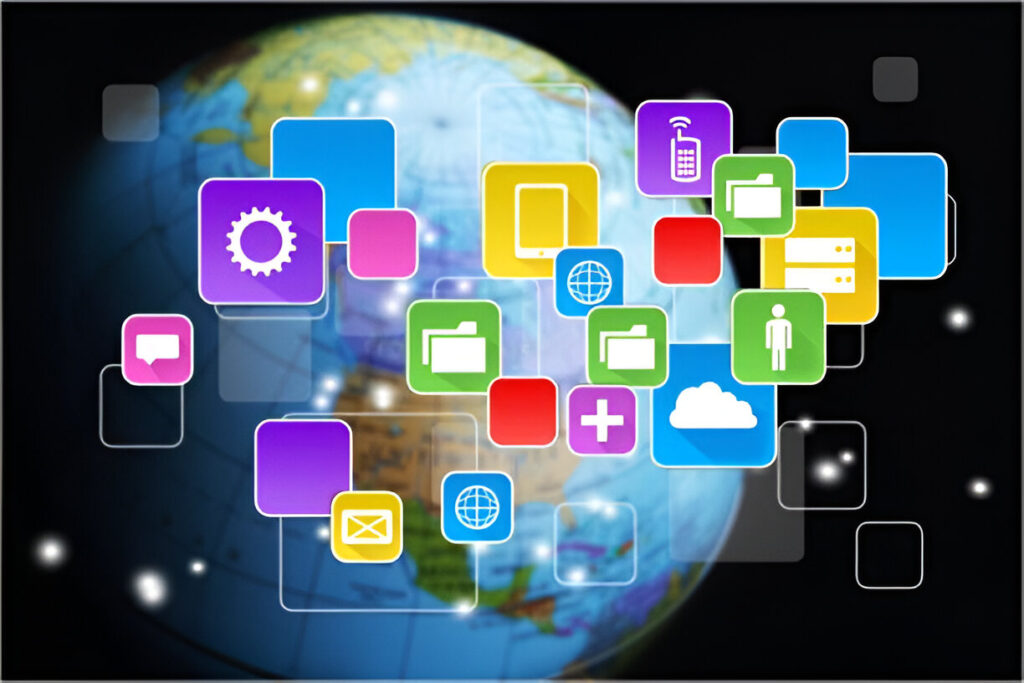Onboarding Made Fun with In-App Stories
Personalized Content Recommendations
Gamify Experiences with Stories
Promote Sales and Limited-Time Offers
Share Updates and Announcements
Conclusion
In-app stories are no longer just for social media platforms. They’ve become a powerful tool for apps across various industries to boost engagement and retain users.
Whether it’s guiding new users through onboarding, promoting a flash sale, or sharing exciting updates, stories provide a dynamic way to connect with your audience.
But why are in-app stories so effective? It’s simple. They’re visual, engaging, and interactive, making it easier for users to absorb information and stay hooked.
When used creatively, stories can turn passive users into active participants, all while driving conversions and enhancing the app experience.
In this blog, we’ll explore five creative ways to integrate in-app stories into your app. These strategies are designed to not only entertain users but also deliver value that keeps them coming back.
Let’s get in and discover how to make your app story-worthy!
1. Onboarding Made Fun with In-App Stories
First impressions matter, and onboarding is your app’s chance to make a great one. But let’s face it: long and complicated onboarding processes can bore users.
This is where in-app stories shine. They simplify onboarding by visually walking new users through your app’s features in an engaging way.
Imagine a fitness app using stories to show how to log workouts, set goals, and track progress. Instead of reading a dull manual, users get a quick and fun tutorial.
Stories can include step-by-step visuals, animations, and even interactive elements like clickable buttons to guide users seamlessly.
Duolingo, for example, uses interactive stories to onboard users, showing them how to navigate the app and choose their learning goals. It’s engaging, intuitive, and keeps users hooked from the start.
These types of stories reduce drop-off rates and ensure users feel comfortable exploring the app further.
In addition, onboarding stories can serve as a way to introduce users to premium features. By teasing the benefits of paid features within the onboarding process, you can subtly encourage users to consider upgrades without being overly pushy.
Once users are onboarded, the next step is keeping them engaged. Let’s explore how personalized stories can do that.
2. Personalized Content Recommendations
Everyone loves a personal touch, and in-app stories are perfect for delivering designed content. By analyzing user behavior and preferences, you can create stories that recommend content, products, or features unique to each user.
For instance, a streaming app can use stories to highlight shows based on a user’s viewing history. “Hey, we noticed you love thrillers. Check out these top picks!” feels more engaging than a generic recommendation.
Similarly, e-commerce apps can suggest products based on browsing habits, turning casual scrollers into shoppers.
Dynamic updates make this even better. As users interact with your app, the stories can adapt in real-time to reflect their evolving preferences. This keeps the experience fresh and relevant.
Personalized stories not only increase engagement but also build trust, as users feel the app truly understands their needs.
Additionally, personalized stories can be used to re-engage inactive users. For example, a travel app might use a story to showcase discounted flights to destinations a user previously searched for. This approach feels thoughtful and encourages users to return to the app.
Personalization works wonders, but what if you could make the experience even more interactive? Gamification is the answer.
3. Gamify Experiences with Stories
Who doesn’t love a good challenge? Gamifying your app with in-app stories can turn routine interactions into exciting adventures.
Stories can be used to celebrate user milestones, such as completing a fitness goal or reaching a new level in a game.
Take a language learning app, for example. It could use stories to display progress, like “You’ve mastered 50 new words this week. Great job!”.
Adding interactive elements, like quizzes or polls within stories, boosts engagement even further. Users feel accomplished and motivated to keep going.
Interactive challenges are another great way to engage users. Fitness apps can include story-based challenges like “Run 5 miles this week to unlock a badge”. This not only drives user participation but also fosters a sense of achievement.
In addition to challenges, gamified stories can reward users with virtual goods, discounts, or exclusive content.
For example, an app could use a story to announce, “Complete this week’s challenge and unlock a special surprise!” This approach keeps users excited and looking forward to what’s next.
Gamified stories are exciting, but they can also be strategic. Let’s see how stories can boost your sales and marketing efforts.
4. Promote Sales and Limited-Time Offers
Stories are a fantastic way to create urgency and excitement around promotions. Imagine an e-commerce app using stories to highlight flash sales or limited-time discounts.
Interactive stories can also showcase product features. For instance, a beauty app could use stories to demo a new skincare product, complete with before-and-after visuals.
Adding a swipe-up link makes it easy for users to purchase directly from the story.
The visual and time-sensitive nature of stories makes them perfect for conversions. They create a sense of FOMO (fear of missing out) that encourages users to act quickly.
Additionally, stories can be used to announce loyalty rewards, such as, “Spend $50 today and earn double points!”
Using stories for seasonal promotions or holiday sales can also add a festive touch. For example, an app could run a “12 Days of Deals” story campaign, revealing a new discount each day. This keeps users coming back to check what’s next.
After driving sales, keeping users informed about updates is just as important. Let’s look at how stories can help with announcements.
5. Share Updates and Announcements
Got exciting news? Share it with stories! Whether it’s announcing a new feature, promoting an upcoming event, or celebrating milestones, stories are an eye-catching way to get the word out.
For example, a food delivery app could use stories to announce the launch of a new cuisine category. Stories can include mouth-watering visuals and clickable links to explore the new menu.
Similarly, community-focused apps can highlight user achievements or host story-based events, fostering a sense of belonging.
Stories are also great for keeping users informed about app updates. Instead of a boring pop-up, why not use a story to show off your new features? It’s engaging, informative, and keeps users excited about your app.
Additionally, stories can highlight partnerships or collaborations. For example, a music app might announce a partnership with an artist, using stories to promote exclusive content like interviews or playlists. This not only informs users but also adds a touch of excitement to the app experience.
With all these creative integrations, it’s clear that stories are more than just a trend. Let’s wrap up with some final thoughts.
Conclusion
In-app stories are a versatile tool that can transform your app experience. From onboarding new users to promoting sales, stories keep your audience engaged, informed, and entertained. They’re not just for social media anymore—they’re a strategic way to boost user retention and conversions.
By integrating stories creatively, you can deliver value while keeping your app fun and interactive. Experiment with these five approaches, and watch as your app becomes a favorite among users. Remember, a good story isn’t just told. It’s experienced!

